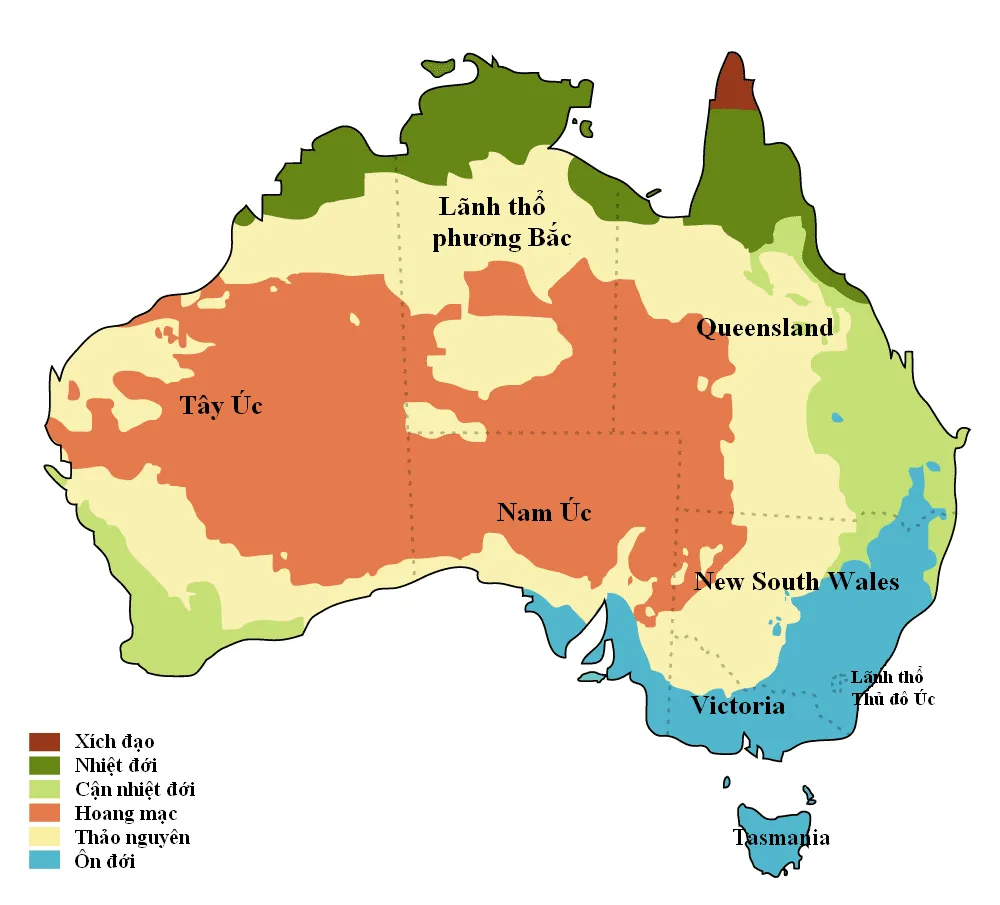Looking for a unique and unforgettable trekking experience? Come to Cathedral Gorge State Park, a hidden gem in Nevada, USA. This park not only boasts magnificent natural landscapes but also offers challenging and exciting trekking trails. Let’s explore a detailed guide to have a fulfilling trip to Cathedral Gorge State Park!
Discover Cathedral Gorge State Park
Cathedral Gorge State Park, located near Panaca, Nevada, is a state park renowned for its unique geological formations sculpted from volcanic ash millions of years ago. Erosion by wind and water has carved out canyons, caves, and towering columns, creating a breathtaking and mystical landscape. This place is not only an ideal destination for trekking enthusiasts but also a paradise for photographers and those seeking tranquility amidst wild nature.

Why Trekking at Cathedral Gorge State Park?
- Unique Landscapes: Towering canyons, bizarre caves, and diverse rock formations create a one-of-a-kind natural masterpiece.
- Diverse Trails: The park offers a variety of trekking options suitable for all levels, from easy paths for beginners to challenges for experienced hikers.
- Historical Exploration: Cathedral Gorge was once inhabited by Native Americans and served as an important stop on historical trails.
- Wilderness Experience: An opportunity to immerse yourself in nature, admire wild flora and fauna, and enjoy absolute tranquility.
Choosing the Best Time to Trek
The best times to trek at Cathedral Gorge State Park are spring (March-May) and fall (September-November). During these seasons, the weather is mild and pleasant, neither too hot nor too cold, making it ideal for outdoor activities. Avoid visiting in the summer (June-August) as temperatures can soar above 40°C (104°F), posing health risks. Winter (December-February) may bring snowfall, making travel difficult.
Popular Trekking Trails
Cathedral Gorge State Park has many different trekking trails, suitable for all levels and preferences. Here are some of the most popular trails:
- Miller Point Trail: This is an easy trail, about 1 mile (1.6km) long, suitable for beginners or families with young children. The trail leads to Miller Point, where you can admire panoramic views of the park from above.
- Eagle Point Trail: This trail is about 2 miles (3.2km) long, with moderate difficulty, leading to Eagle Point, a stunning viewpoint with expansive vistas.
- Cathedral Caves Trail: This trail takes you to explore the bizarre caves formed by the erosion of volcanic ash. Headlamps are needed to explore inside the caves.
- Juniper Draw Loop: This is a longer and more challenging trail, about 5 miles (8km), for experienced trekkers. This trail takes you through the most pristine and remote areas of the park.

What to Prepare for Your Trek
To have a safe and enjoyable trekking trip at Cathedral Gorge State Park, you need to prepare the following items carefully:
- Trekking shoes: Choose shoes with good grip, comfortable and suitable for rugged terrain.
- Clothing: Wear comfortable, breathable, and sweat-wicking clothing. Bring a light jacket in case it gets cold.
- Water: Bring enough water to ensure your body stays hydrated, especially in the summer.
- Snacks: Bring snacks like biscuits, fruit, and nuts to replenish energy during the trek.
- Sunscreen: Apply sunscreen to protect your skin from sun damage.
- Hat and sunglasses: Wear a hat and sunglasses to shield yourself from the sun.
- Map and compass/GPS: Bring a park map and compass or GPS for navigation.
- Headlamp/Flashlight: If you intend to explore the caves, a headlamp or flashlight is essential.
- First-aid kit: Carry a first-aid kit to treat minor injuries.
- Mobile phone: For communication in case of emergency.
Safety Tips for Trekking
- Check the weather: Before you go, check the weather forecast to prepare accordingly.
- Hike in a group: It is advisable to trek in a group for safety.
- Inform someone: Tell family or friends about your trekking plans.
- Stay on marked trails: Always stay on marked trails to avoid getting lost.
- Stay hydrated: Drink water regularly to prevent dehydration.
- Keep a distance from wildlife: Do not feed wild animals and maintain a safe distance.
- Pack out trash: Keep the environment clean and do not litter.
- Pay attention to your health: If you feel tired or unwell, stop to rest or turn back.
Suggested Trekking Itinerary
Here is a suggested 2-day, 1-night trekking itinerary at Cathedral Gorge State Park:
Day 1:
- Morning: Arrive at Cathedral Gorge State Park, check into the campsite, and set up camp.
- Afternoon: Trek the Miller Point Trail to familiarize yourself with the terrain and enjoy the scenery.
- Evening: Prepare dinner and enjoy the peaceful atmosphere of the park.
Day 2:
- Morning: Trek the Cathedral Caves Trail to explore the bizarre caves.
- Afternoon: Trek the Eagle Point Trail to admire panoramic views of the park from above.
- Evening: Pack up and leave the park.
Other Activities at Cathedral Gorge State Park
Besides trekking, you can also participate in many other activities at Cathedral Gorge State Park such as:
- Camping: The park has a campsite with full amenities such as restrooms, water faucets, and picnic tables.
- Stargazing: With clear night skies and no light pollution, Cathedral Gorge is an ideal place for stargazing.
- Photography: The unique natural landscape of the park is an endless source of inspiration for photographers.
- Learn about history: Visit the park’s visitor center to learn about the history of the formation and development of Cathedral Gorge.
Conclusion
Trekking at Cathedral Gorge State Park is a wonderful experience to discover the pristine and magnificent beauty of Nevada’s nature. With the information and experiences shared in this article, hopefully you will have a fulfilling and memorable trip. Prepare carefully, follow safety rules, and enjoy the wonderful moments at Cathedral Gorge State Park!